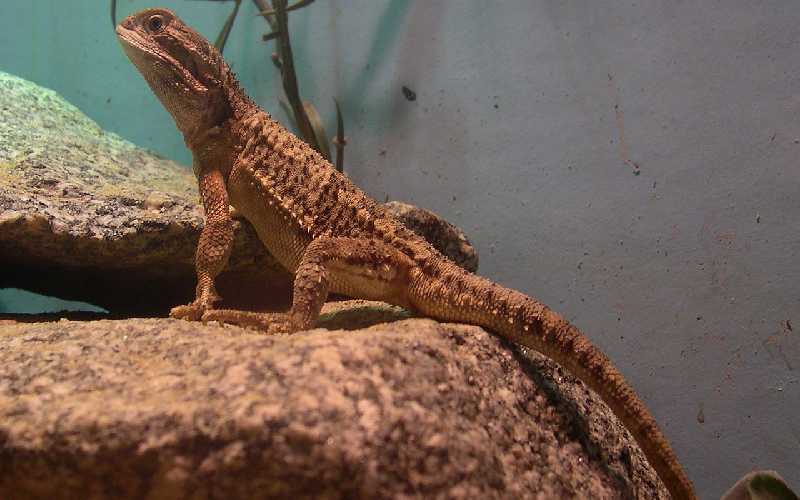You may have heard of the Rankins Dragon or even be considering one as a pet. Todays blog is all about this beautiful beast and how to look after one.
What is a Rankins Dragon?
Rankins dragons (Pogona henrylawsoni) are a subspecies of the bearded dragon, naturally located in the hot and dry areas of Queensland, Australia. They have also been known to go by Lawsons Dragon, Pygmy Dragon, and the Dwarf Bearded Dragon. Many of their known names derive from the famous author and poet, Henry Lawson.
The Rankins dragon is differentiated from the bearded dragon by its size, hence the nickname ‘Dwarf Bearded Dragon’. They are quite a bit smaller than the bearded dragon spanning up to 30cm (12”) whilst the bearded dragon is much larger averaging 16-24 inches in length.
This docile species feeds on both plant and animal-based substances, averaging a lifespan of six to eight years.
Where do they come from? (Include natural habitat, appearance)
Located in Queensland Australia, Rankins dragons will be found bathing in the hot sun on dry and rocky terrain. They are not – as some believe – found in the sandy deserts like the larger bearded dragon species.
With slender bodies and a large round head, few characteristics help to differentiate them from other bearded dragon sub-species. One of those characteristics is their rough skin with raised bumps and sharp projections all over their bodies.
The Rankins dragon colouring is largely natural for camouflage in the wild, consisting of browns, greens, and greys. Their bellies tend to stay a solid light colour whilst the rest of their body could vary between colours. Some come in spotted outfits whilst others could have extremely unique stripes along their backs.
Can I Keep a Rankins dragon as a pet?
Rankins dragons are extremely social reptiles being docile by nature and easy to handle.
Due to their origin in Australia, they are accustomed to warmer temperatures and would therefore struggle in cold environments. Therefore, a wooden vivarium 4 x 2 x 2 feet with large vents and a glass sliding door is recommended to help with insulation.
To keep the temperature optimal, you will require a basking lamp at roughly 100 degrees throughout a third of the enclosure, whilst the rest is slightly cooler at 80 degrees.
Just like humans, they do require times of lightness and complete darkness. To mimic their home environment, a ceramic lamp is recommended to keep the temperature optimal whilst keeping dark at night-time.
Being a basking species, they do need strong UVB lighting to ensure they are kept healthy. A 10-12% UV tube is recommended for enclosures that are 4 x 2 x 2 feet in size, spanning at least 2/3 of the enclosure in length.
What do they eat?
As natural omnivores, the Rankins dragon species requires both live and plant-based foods. At a young age, an 80% protein-specific diet is needed for them to be able to grow at a healthy rate.
Whilst young, they can feed on insects such as crickets, locusts, and cockroaches once per day. As they get older, you can supplement more vegetation into their diet and reduce the amount of live food. At this point in their lives, they will only need to eat live food three times a week. The added benefit of using live food in their enclosure is that it allows your Rankins dragon to exercise, ensuring it does not become overweight and immobile.
To guarantee the Rankins dragon receives a balanced diet, incorporate vitamin and calcium powder into all their meals.
If you enjoyed this article you might also like to read about:


4 thoughts on “Rankins Dragon”